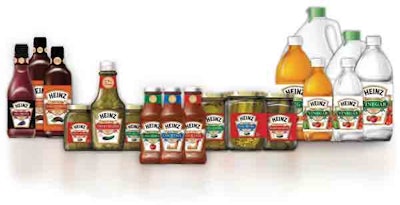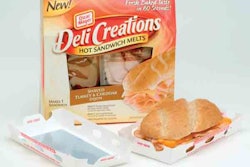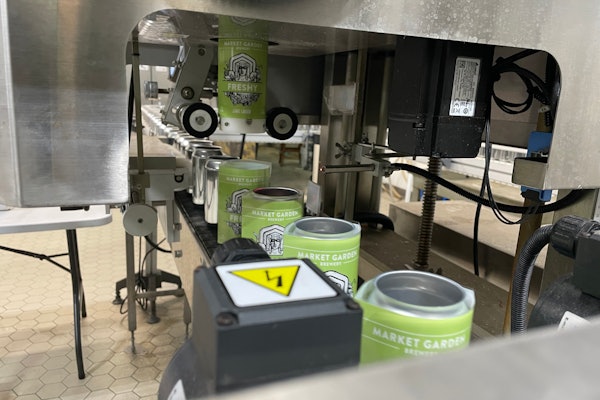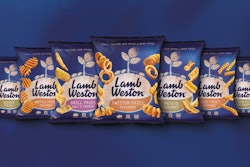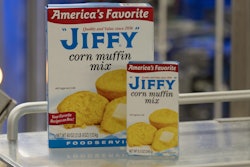Smart marketers know that only change is certain. Market research confirms that consumers have an ever-shortening attention span. We want our brands to live and move at the frenetic pace of our lives, adapt to our instantly changing needs, and constantly seduce us with the allure of the “new.” But what about brands whose unique value is built on longstanding success? Can heritage brands remain relevant?
There is a common misconception that “heritage” is also inherently “old fashioned” or “outdated.” Like any other brand left unmonitored, a heritage brand’s identity can quickly become dusty. However, with proper care, vintage brands can be recast to address a current and relevant message while still leveraging their recognized consumer connection.
Authenticity—the new brand mantra
The value of being the genuine original cannot be overstated. Behaviorists like Malcolm Gladwell and Barry Schwartz recognize that in a sea of newness, consumers find comfort in brands that are consistent, honest, and real. We immediately recognize their familiar identities and emotionally tie them to comfortable, no-risk, well-anticipated experiences. Joe Pine, co-author of “The Experience Economy,” believes that a marketer’s ultimate goal is to transform consumers through a brand experience that they believe to be authentic rather than manufactured or contrived. These brand identities evolve over time, but they always stay true to their essence.
Brands like Arm & Hammer and Jack Daniels have always known this requirement. These brands are known as “icon” brands.
Redefining Heinz
Heinz ketchup is the very model of an icon brand. Whether or not you buy into green ketchup or clever label quotes like “Are Your Fries Lonely,” there is no denying that Heinz is the undisputed world champion of the ketchup experience.
Beyond ketchup, however, there are dozens of products in numerous categories that also live under the Heinz brand. On face value, these products have little in common. They range broadly from traditional and specialty vinegars to cocktail and Worchester sauces and dozens of pickle and relish products.
In early 2005, all 30-plus products under the Heinz umbrella were loosely tied together using variations of the Heinz logo and “keystone” label shape. They were never promoted as a family of products, never structured to encourage cross-brand sales, and never unified under “icon brand” status. As a result, these inconsistencies denigrated the brand impression, allowing the overall Heinz brand to become ineffectively generic.
Own an experience
Early in 2006, Heinz took up the challenge of integrating all heritage products under one relevant message. Research showed that the tagline “Passing the test of time since 1869” resonated best with consumers. Heinz consulted Wallace Church Associates to determine the visual strategies that best evoked this message. A unifying identity was designed to recapture the brand’s authenticity. In short, the charge was to elevate these incongruent products into a unified and relevant icon brand.
The first step was to define the Heinz brand experience as “Tried and True.” This perception became the emotional and experiential rallying cry that catalyzed the entire brand communications architecture.
Visualize the essence
Traditionally, the design process is initiated and analyzed by subjective interpretations of a positioning statement. One marketer’s visual perception of “Tried and True” can be quite different from another’s interpretation. This can lead to a subjective analysis and lots of wheel spinning.
To streamline design development for Heinz, the decision was made to pre-quantify the most effective visual strategies before initiating design. Other “Tried and True” brands were visually deconstructed. Colors, typestyles, graphic cues, product presentations, iconography, and all design strategies were analyzed for potential impact on the unique Heinz heritage message.
Through this process, two visual strategies emerged as most effective. The first, labeled “Turn of the Century Americana,” used graphic conventions of late 19th century design. A second strategy, termed “Old as New,” effectively married late 19th century conventions with early 21st century sensibilities. These visual strategies were then researched, generating team consensus of the most effective approach. An efficient design process could now begin.
Next, the design exploration focused on leveraging and consistently highlighting the Heinz logo and signature “keystone” label shape. Each new design architecture explored enhancements to these equities.
Concepts ranged from nostalgic Americana to more contemporary interpretations of traditional cues. Design systems were then applied to three core SKUs, thereby addressing the greatest adaptation challenges.
Balanced implementation
Several of the most effective concepts were refined and then adapted across the extensive product line. Life-sized shelf simulations were developed to indicate how each design system would appear in differing retail sections. Again, market research was conducted to confirm the one most effective design architecture.
Unified brand perception
The selected brand identity is unmistakably Heinz. Adjustments to the Heinz logo create more impact and readability. A consistent and prominent use of the signature “keystone” shape is now an icon of recognition. A consistent product illustration style recaptures the heritage perceptions. All form and flavor descriptions and supportive copy are featured in the same “staging areas,” allowing consumers to more readily find their specific product.
Visual consistency in all these core areas allows background colors to change and reflect each product’s individual benefits. For example, traditional vinegar uses a white background as a meaningful differentiation from the specialty vinegar’s richer, darker, more premium color cues.
The resulting identity balances brandwide consistency with individual product distinction. More importantly, by recasting its authentic heritage in a richly meaningful way, the brand reclaims its place in the consumer’s mind. It gives the brand more credibility, more authority, and a higher value. Now in the early phases of sell-in at retail, initial sales indicate increases across the entire product line.
Enduring relevance of icon brands
Icon brand status is not manufactured, but earned over time. For brands that have earned this trust, the single most powerful marketing tool is an identity that successfully synthesizes authenticity and relevance.
How does a marketer optimize that power? First, define the emotional experience that only your brand can truly own. Leverage the positive aspects of your brand’s recognition and emotional equities. Recast that message. Then pre-determine the visual cues that best communicate this relevant experience. Deconstruct visual mentors. Find personalities to emulate. Research the resulting design strategies to achieve team consensus before starting the design process. And finally, design a brand identity/package architecture as the cornerstone of your brand’s entire communications structure.
While it’s easier to launch a sub-brand than to build a new brand from scratch, it is also potentially more dangerous. Brand proliferation goes wrong when marketers try to over extend the brand experience. Do we really need 86 variants of toothpaste?
In his book “The Paradox of Choice,” Barry Schwartz says the over proliferation of choices not only causes consumer confusion but remorse. Did I get the right one? Is this brand really right for me? Schwartz states that “Consumers don’t want choice, they want their choice. The best brands offer a well-segmented, well-defined series of offerings that all stay true to the brand’s unique experience.”
This comes in part by elevating your brand’s icon status, if it has earned the honor. When done well, the process described above will not only elevate your brand to icon status, it will also convert your consumers into long-term, fiercely loyal brand advocates.
